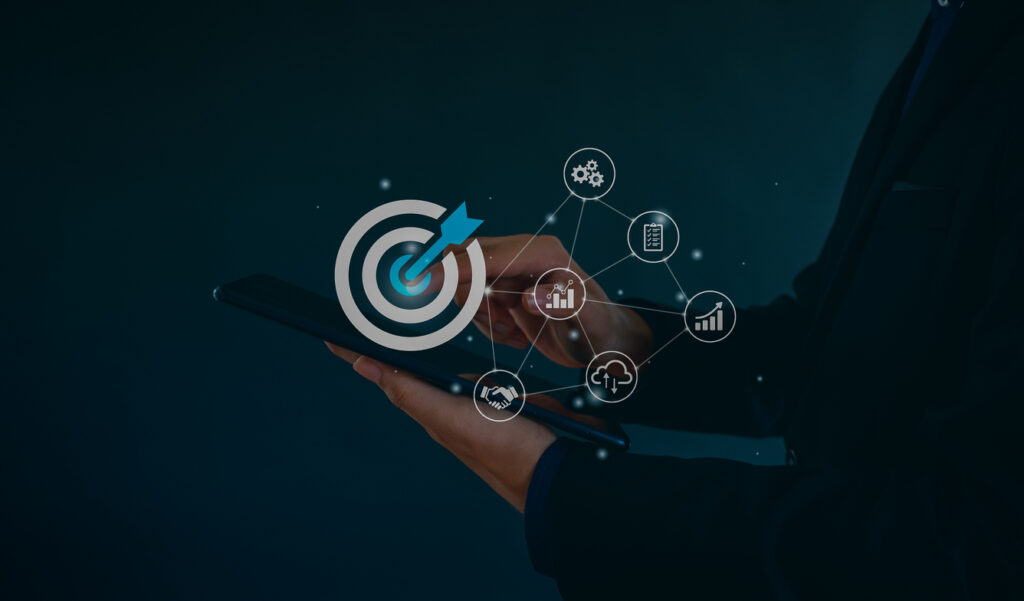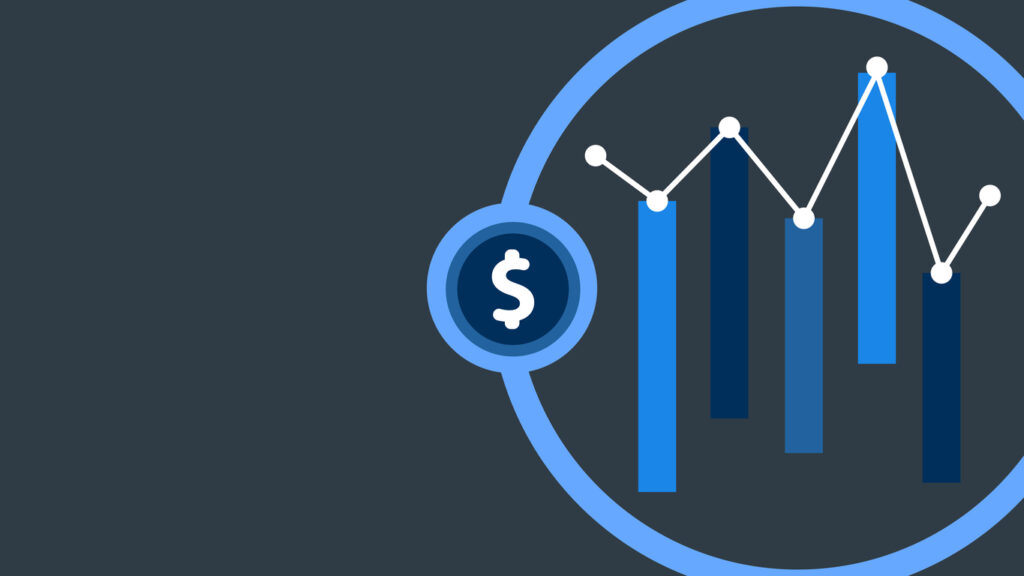By Chelsea May
The notion of a “customer journey” has long been studied and valued by researchers, marketers, and brands. How a given customer arrived at one’s proverbial doorstep provides valuable intelligence as to how that company might attract more, similar customers. Insights gleaned from understanding that journey can be applied to inform advertising budgets, messaging, channels, and campaigns.
Customer journey studies remain paramount to understanding the motivators and behaviors of one’s most coveted customers, but as media has evolved, splintered, and become more democratized over the years, a new challenge has emerged. The concept of a journey is one that’s generally considered to be linear and singular. A journey typically has a defined starting point and a specific destination. With exponentially growing channels and pathways available to the customer in the modern media environment, mapping the customer journey has become more complex and far less linear than decades ago, when such studies came into practice.
More marketers and brands are adopting an additionally sophisticated version of customer journey analysis, known as the Predictive Path to Purchase. Predictive Path to Purchase takes a more preemptive and proactive view of the myriad possible pathways, and charts potential and probable customer journeys — even those that don’t yet exist but potentially could and should. Such analysis also considers the behaviors, preferences, and actions of those who are prospective customers that can be converted if properly understood and messaged to.
The Full Lifecycle of a Buying Decision
One way to think of Predictive Path to Purchase research is to consider it a forward-looking customer journey — the analysis of how a customer goes from being unaware of a product, category, or perhaps even their own need and moves beyond a purchase decision — in order to not only make informed conclusions about how future customers might follow similar paths, but to to optimize those pathways to encourage such journeys. This naturally means such studies consider all of the potential touchpoints a brand makes with a prospective customer.
When mapping out this roadmap, one gets even greater insights into how a brand can influence audiences, gain market share, and outperform competitors. Often, when conducting studies such as these, unconsidered opportunities emerge — the proverbial “a-ha moments” that can be truly game-changing for companies.
There are four broadly defined phases that the modern consumer goes through, ultimately leading to a purchase decision but extending long beyond that initial purchase.
Phase One: Awareness
Predictive Path to Purchase research examines consumer behavior that has no lone, singular starting point. This is not, typically, when a customer becomes aware of a given product or company, but much earlier, upon the discovery or recognition that the customer has a particular need, pain point, or aspiration.
Such awareness may come from multiple media channels or influences, including word of mouth and perhaps even difficult-to-define sources. Respondents often report nebulous and non-specific sources of awareness, such as “I kept reading or hearing about…,” or “Everyone was talking about…,” or “I see a lot of people using…,” for example.
Full understanding of all possible sources of consumer awareness are key to defining the Predictive Path to Purchase.
Phase Two: Consideration
Once consumers are aware of their own needs, they enter the Consideration phase, wherein they begin investigating the options. This may include everything from internet searches to social media discussions to the simple acts of asking friends and family for recommendations. Again, this is no longer a singular path with a defined starting point, but rather a web of activity happening simultaneously, the duration of which varies from category to category and person to person.
During this phase typically is when consumers become more aware of the advertising and marketing being conducted in a given product category, as suddenly particular messaging that had been swimming rather anonymously in a sea of messaging saturation is now relevant, prescient, and more liable to have influence with those looking to solve a specific problem or achieve a particular aspiration in the near term.
During the Consideration phase is when marketing and advertising are most effective, as prospective customers are investigating, evaluating options, and researching solutions, moving into the prospect category. The proverbial antennas are up and open for reception.
Phase Three: Decision and Purchase
The third phase of a path to purchase is decision time itself. Once options have been researched and considered, prospects make a final decision and purchases can be made. However, these days, this too may no longer be singular either, and it’s likely not the end of the customer journey.
A purchase may be made in a physical retail environment or on a website. An online purchase may occur on a brand’s e-commerce website or it could occur through a third-party channel, such as Amazon. Further, a digital purchase may come in multiple forms, from a desktop, tablet, mobile, or app experience.
A complete understanding of when, where, and how a given purchase is made yields tremendous insights into buying behaviors — both reinforcing data points and assumptions as well as highlighting potential roadblocks. How easy a purchase can be made on a phone, for example, with the fewest amount of clicks or data to enter, may be the difference between a sale and a near miss that goes to a competitor.
Make sure that the purchasing decision is fully understood, from media and mode to methodology and motivators.
Phase Four: Evaluation (Again)
As suggested earlier, the journey often doesn’t end with a purchase. It merely enters the next, final (and ongoing) phase. This occurs when the prospect has become a customer and begins to evaluate the purchase decision. Do I like this product? Did I receive value for the money spent? Would I recommend this product to a friend? Would I buy this product again? Would I buy or recommend other products offered by this brand?
A brand’s customers are not only highly valuable targets for additional or repeat purchases, they are a brand’s best source of advocacy and referral. A truly satisfied customer can become a genuine champion and, as a result, become a low-cost marketing channel for the company…an influencer, perhaps, or even the coveted “social proof” that marketers increasingly are seeking and espousing.
Think of the Evaluation phase as the inverted funnel that exists below the traditional sales funnel, as a purchase begins a new lifecycle for the customer and those they potentially influence enter the Awareness phase.
To learn more about how Predictive Path to Purchase studies are executed, continue reading here, “Predicting the Path Most Taken.”
Chelsea May serves as Project Manager for Martec, with specific emphasis on quantitative research and initiatives.





